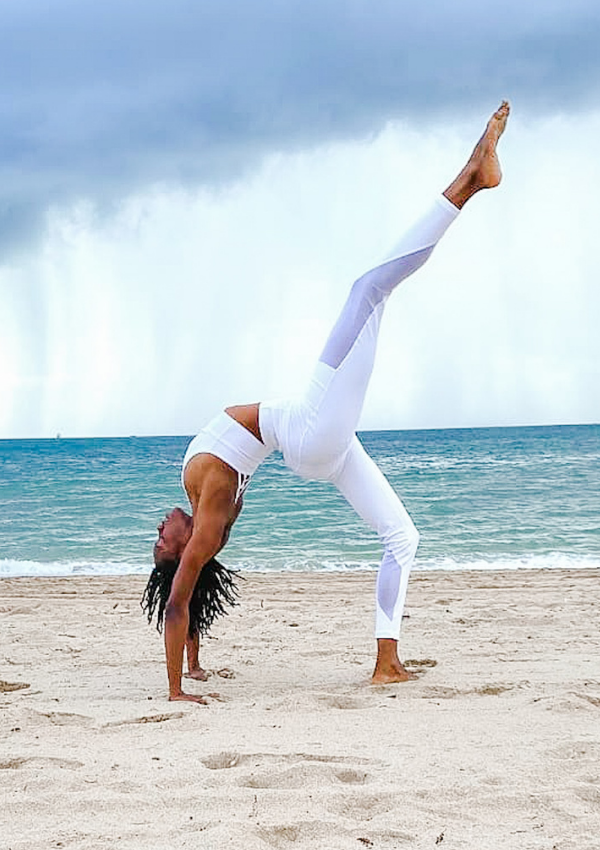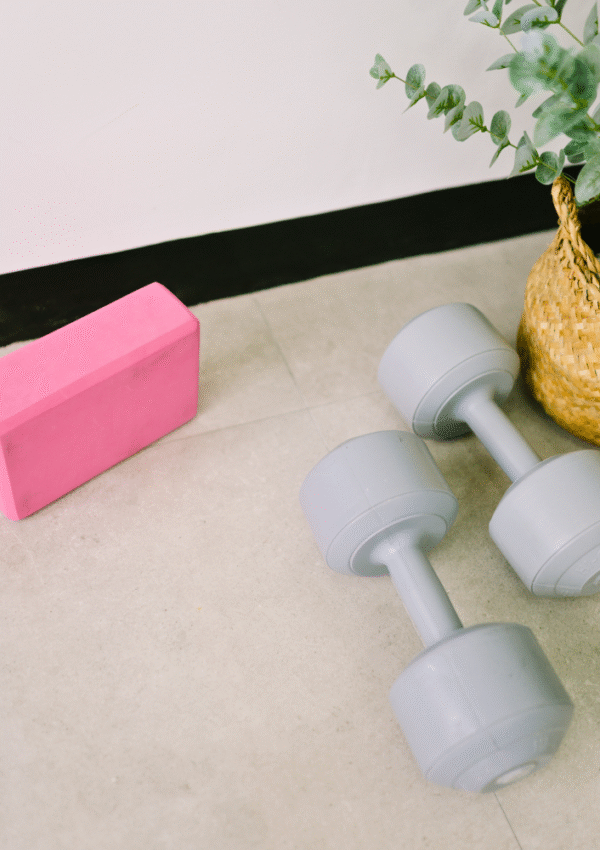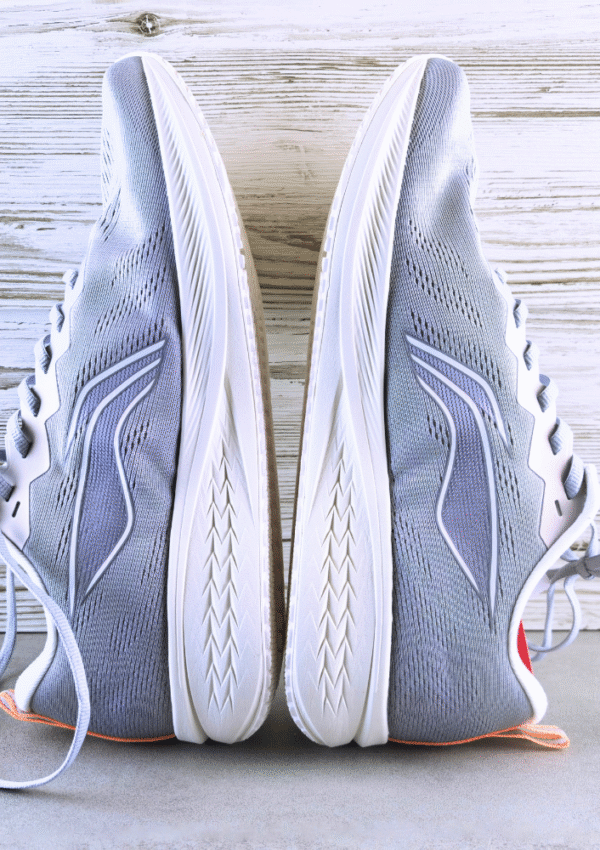This post shares a fun fitness test to assess your body’s true age.
It’s no secret that we’re all getting older. Maybe your mind isn’t as sharp, or your skin has lost some of its natural glow.
And of course, there’s your body, which might not move quite the way it did before. Then again, you might be in the best shape of your life.
But there’s only one way to know for sure: why not put yourself to the ultimate challenge?
In this post, we’re sharing a fun fitness test to measure your physical performance and reveal your body’s true age.
Why Are Fitness Tests Important
Oftentimes, when you work with a health expert, you may be asked to complete a fitness test.
A fitness test is an assessment that gauges your level of physicality, evaluating components such as strength, endurance, and flexibility.
Personal trainers use this information to help you set realistic goals and design an exercise routine tailored to your needs.
Fitness tests can also provide a better understanding of your overall health, tracking aspects such as mobility, heart rate, blood pressure, and body composition.
Conducting these assessments periodically is a smart way to prevent injury and maintain your body’s optimal performance.
Fitness Test
Your body operates at different fitness levels, which can give you an idea of your biological age.
This is separate from your chronological age — the number of years you’ve been alive. Biological age reflects how well your body moves, functions, and performs in everyday activities.
The fitness test below can help you gauge your body’s “true age” based on the intensity or number of reps you can complete for each movement.
There’s no right or wrong result, only the level your performance matches. Falling below the scale may simply mean you could benefit from improving certain areas in your fitness.
Keep in mind that this test focuses solely on physical performance. For a complete assessment of your health and wellness, be sure to consult a medical professional.
Push-Ups
A push-up is a predominantly upper-body exercise that works multiple muscle groups, including core, hips, and legs. The number of push-ups you do can provide a measurement of your strength and muscular endurance.
How to perform a push-up:
Begin in a high plank position with your hand slightly wider than shoulder-length and engage your core.
Lower your chest toward the ground, making sure to keep your elbows at around a 45° angle.
Push back up to the starting plank and repeat for reps.
*Modification* Perform the movement on your knees.
Count how many push-ups you can do in a row with good form until you can’t do any more. Compare your result to the averages below for your age group.
For Women
- Age 20–29: ~20 push-ups
- Age 30–39: ~19 push-ups
- Age 40–49: ~14 push-ups
- Age 50–59: ~10 push-ups
- Age 60+: ~10 push-ups
For Men
- Age 20–29: ~28 push-ups
- Age 30–39: ~21 push-ups
- Age 40–49: ~16 push-ups
- Age 50–59: ~12 push-ups
- Age 60+: ~10 push-ups
Squats
Squats are a lower-body exercise that works muscle groups such as the quads, hamstrings, and glutes. Along with leg strength, they help reveal your mobility level, balance, and core stability.
How to perform a squat:
Start in a standing position with feet about shoulder-width apart and your toes pointed slightly outward.
With the core engaged, lower your hip down and back as though you are sitting in a chair, until your thighs are roughly parallel to the floor.
Keep your chest up and your knees tracking over your toes.
Press through your heels and return to your starting position. Repeat for reps.
*Modification* Squat down into a chair.
Count how many squats you can do in one minute with good form. Compare your result to the averages below:
For Women
- Age 20–29: ~45 squats
- Age 30–39: ~35 squats
- Age 40–49: ~25 squats
- Age 50–59: ~20 squats
- Age 60+: ~15 squats
For Men
- Age 20–29: ~50 squats
- Age 30–39: ~40 squats
- Age 40–49: ~30 squats
- Age 50–59: ~25 squats
- Age 60+: ~20 squats
Plank
Unlike the other exercises on this list, the plank is a static movement performed in a fixed position. It primarily targets your abs but also engages your shoulders, back, and stabilizing muscles. This test is a great measure of overall strength, endurance, and stability.
How to perform planks:
Begin this exercise in table-top position with your hands beneath your shoulders and knees under your hips.
Extend your legs out behind you and balance the weight on your toes.
Activate your core, glutes, and thighs, maintaining a straight line from your head all the way down to your toes. Hold for as long as you can.
*Modification* You can perform the plank on your forearms with straight legs, or on your knees with straight arms.
See how long you can hold the plank position. Compare your result to the averages for your age group.
For Women
- Age 20–29: ~1 minute, 30 seconds
- Age 30–39: ~1 minute, 15 seconds
- Age 40–49: ~1 minute
- Age 50+: ~45 seconds
For Men
- Age 20–29: ~1 minute, 45 seconds
- Age 30–39: ~1 minute, 45 seconds
- Age 40–49: ~1 minute, 15 seconds
- Age 50+: ~1 minute
Sit-And-Reach
The sit-and-reach test measures flexibility in the lower back and hamstrings. It’s a simple yet valuable movement that can help identify potential risk for lower back pain or injury.
How to perform the sit-and-reach
To perform the sit-and-reach test, sit on the floor with your back upright and your legs extended straight in front of you, shoes removed.
Place a yardstick on the floor with the zero end closest to your body. Keep your legs straight and about a foot apart, with your heels at the zero mark.
Place one hand on top of the other and slowly hinge forward at the hips, reaching as far as you can without bending your knees.
Note the farthest point your fingertips reach on the yardstick.
*Modification* Try reaching one leg at a time instead of both.
Compare your result to the averages for your age group.
For Men
- Age 18–25: ~15 in to ~19 in
- Age 26–35: ~14 in to ~18 in
- Age 36–45: ~13 in to ~17 in
- Age 46–55: ~11.5 in to ~15.5 in
- Age 56–65: ~10.5 in to ~14 in
- Age 66+: ~9.5 in to ~12.5 in
For Women
- Age 18–25: ~17 in to ~21 in
- Age 26–35: ~16.5 in to ~20 in
- Age 36–45: ~15.5 in to ~19 in
- Age 46–55: ~14 in to ~18 in
- Age 56–65: ~13 in to ~16.5 in
- Age 66+: ~12 in to ~15 in
Single-Leg Stand
The single-leg stand is a static exercise that tests your balance. It primarily challenges the muscles of your standing leg—glutes, thighs, calves, ankles, and foot stabilizers—while also engaging your core, hips, back, and even your upper body to a lesser degree.
How to Perform the Single-Leg Stand
To perform the single-leg stand, stand tall with your feet about hip-width apart. Shift your weight onto one leg and lift the other foot a few inches off the ground.
Focus your gaze on a fixed point to help maintain balance, and keep your arms at your sides, on your hips, or extended in front of you.
Hold the position for as long as you can within the set time frame, then note your result.
*Modification* Perform it next to a wall or sturdy chair.
Compare your result to the averages for your age group.
For Men
- Age 18–39: ~43 seconds to 50+ seconds
- Age 40–49: ~40 seconds to 45+ seconds
- Age 50–59: ~38 seconds to 40+ seconds
- Age 60–69: ~29 seconds to 35+ seconds
- Age 70–79: ~18 seconds to 25+ seconds
- Age 80+: ~6 seconds to 10+ seconds
For Women
- Age 18–39: ~44 seconds to 50+ seconds
- Age 40–49: ~40 seconds to 45+ seconds
- Age 50–59: ~36 seconds to 40+ seconds
- Age 60–69: ~25 seconds to 35+ seconds
- Age 70–79: ~11 seconds to 20+ seconds
- Age 80+: ~7 seconds to 10+ seconds
6-Minute Walk Test
Walking is a dynamic, full-body exercise that works your legs, core, and cardiovascular system. It’s an easy way to assess your endurance, lung capacity, and overall heart health.
How to Perform a 6-Minute Walk Test
To perform the 6-minute walk test, choose a location with a flat, even surface, such as a track or sidewalk.
Walk at a brisk, steady pace for six minutes, making sure not to jog or run.
Measure the distance you cover during that time.
*Modification* Walk at a slower pace.
Compare your result to the averages for your age group.
For Men
- Age 20–29: ~550 to 650+ meters
- Age 30–39: ~500 to 600 meters
- Age 40–49: ~450 to 550 meters
- Age 50–59: ~400 to 500 meters
- Age 60+: ~350 to 450 meters
For Women
- Age 20–29: ~500 to 600+ meters
- Age 30–39: ~450 to 550 meters
- Age 40–49: ~400 to 500 meters
- Age 50–59: ~350 to 450 meters
- Age 60+: ~300 to 400 meters
Testing Your Body’s True Age
So, that was a simple fitness test you can do just about anywhere. You don’t need much equipment, and most of the movements use only your body weight.
While this isn’t a medical exam, it can highlight areas of your health that might benefit from attention, whether that means consulting a healthcare professional or making small lifestyle changes.
No matter your results, don’t be hard on yourself. Instead, use the information as a guide to start improving.
If you have any questions or comments, leave them below or send me a message through the contact page.
Don’t forget to sign up for the email list to stay updated on the latest posts—you’ll even get a free fitness guide when you sign up through the pop-up form. Happy counting!







Leave a Reply